af Magazine
~The Asahi Glass Foundation’s web magazine on the global environment~


What would happen if discarded trash were to float in the ocean for 100 years? The truth about the microplastic problem
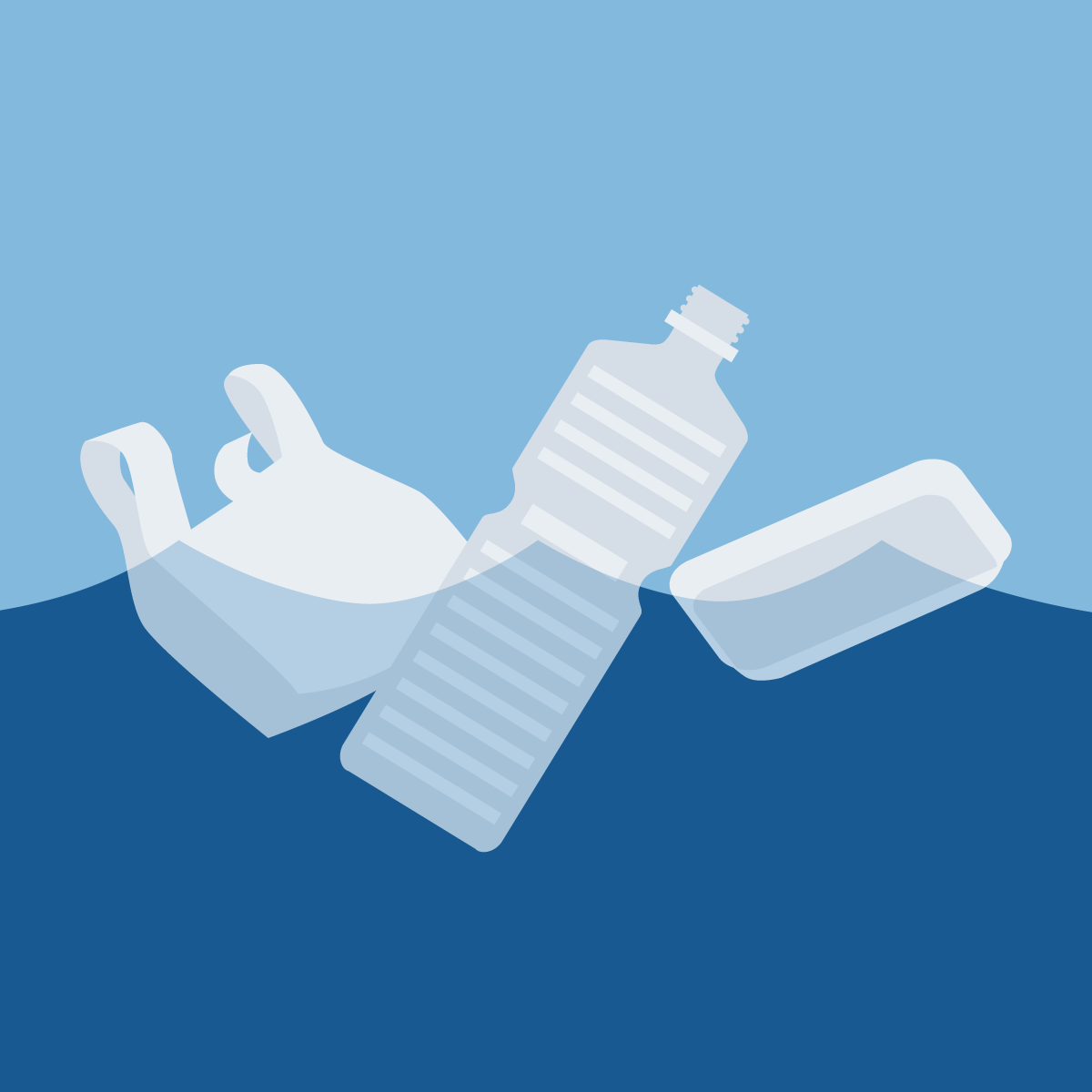
The marine pollution caused by microplastics is becoming increasingly serious.
Leading the research in this field are Professor Richard Thompson, a pioneer in microplastic research, Professor Tamara Galloway, who studies the impact of plastic on human health and organisms, and Professor Penelope Lindeque, who investigates pollution in marine life and ecosystems.
Faced with the shocking fact that "once microplastics flow into the ocean, they are likely to persist for well over a hundred years, " I conducted an online interview with three individuals to learn their thoughts on this issue.
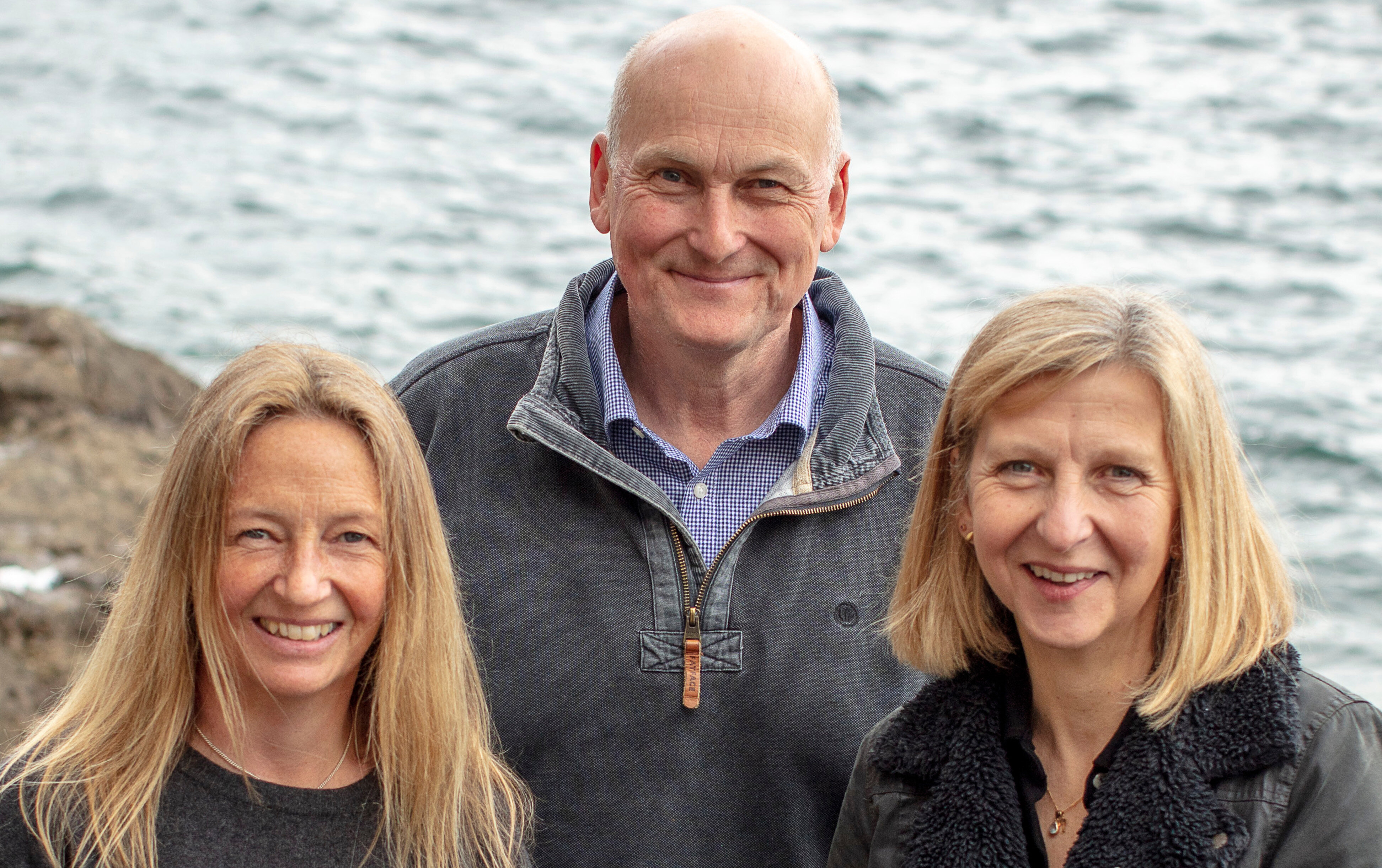
Microplastics are small plastic particles that are 5 millimeters or less in size.
When plastic products such as discarded plastic bags and plastic bottles are disposed of as waste, they eventually make their way into the oceans and break down into microplastics.
Microbeads, contained in cosmetics, facial cleansers, and other products, are being washed down the drain and ultimately end up in the ocean.
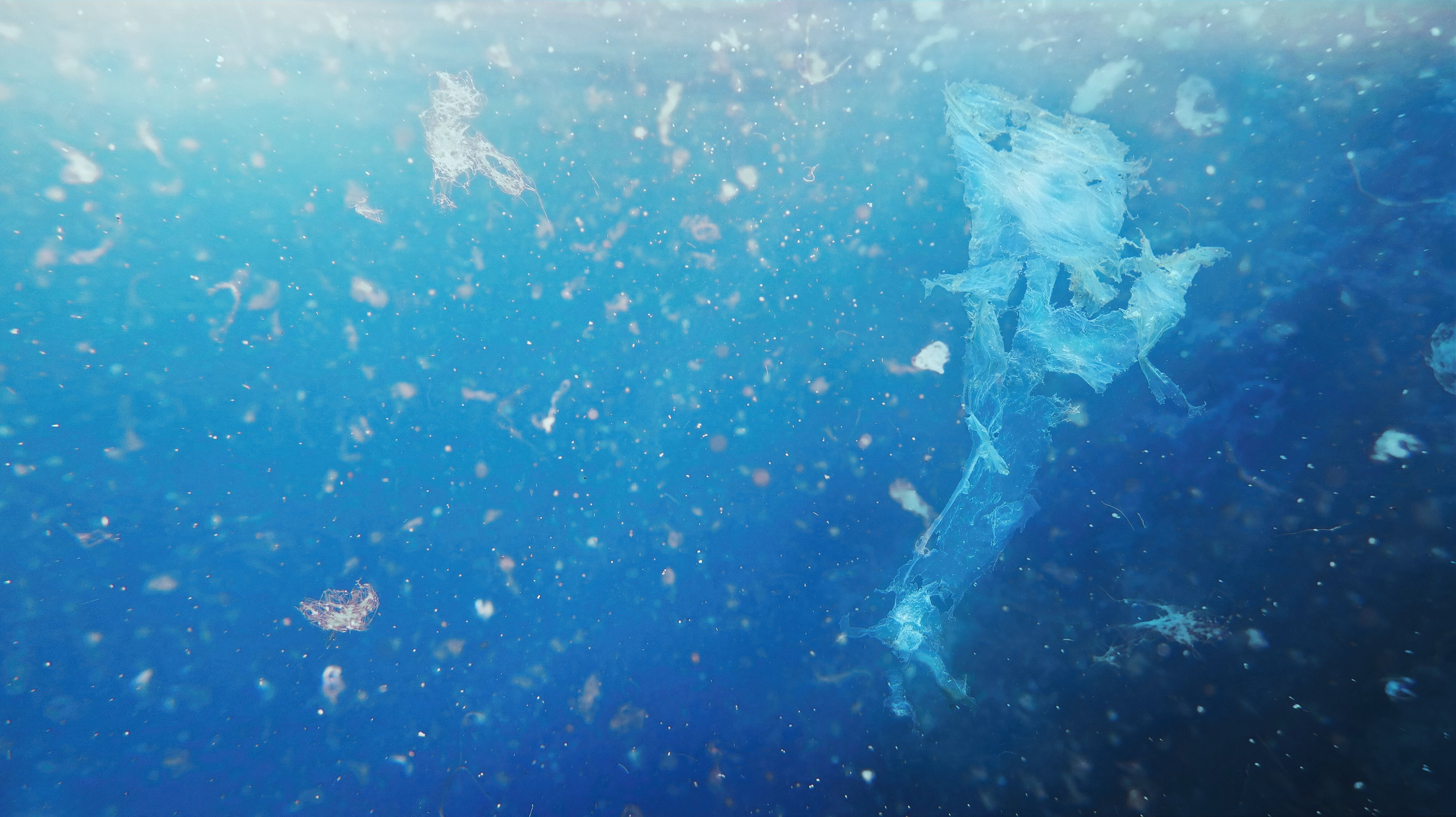
In the 20th century, when environmental issues were not as widely recognized as they are today, not many people paid much attention to plastic waste scattered on the beach.
However, even in such circumstances, Professor Thompson felt a sense of crisis. "I cannot ignore this situation. Particularly, plastic fragments, known as microplastics, could become a significant problem."
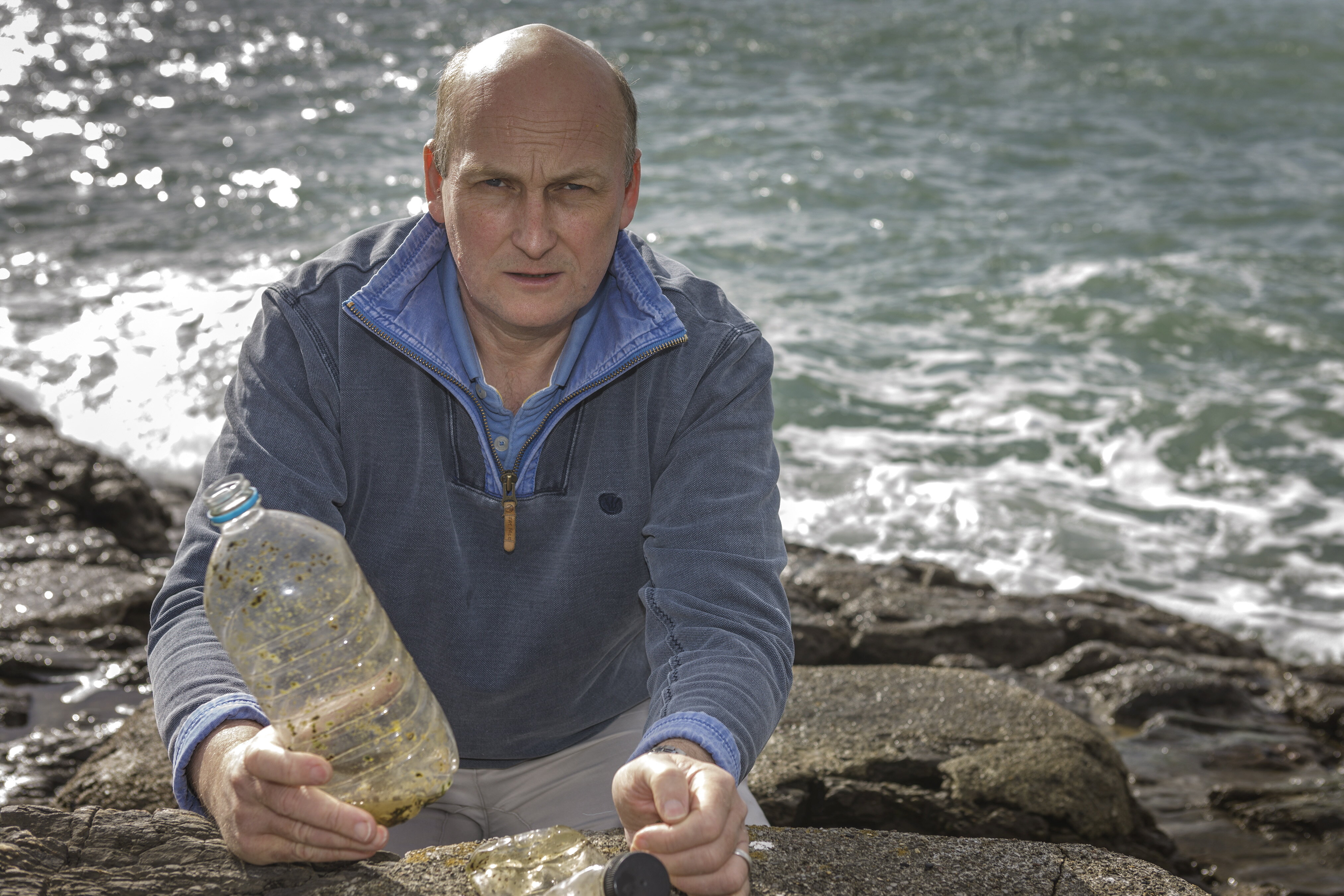
The photo is provided by Professor Thompson
The professor, who had independently gathered data on microplastics, published the world's first research paper on microplastics in 2004.
"Just before the paper was published, I went on a camping trip, and when I came back, I was surprised. My mailbox was overflowing with emails, and the phone was constantly ringing," said Professor Thompson.
The world became aware of the issue of microplastics.
In the approximately 20 years since Professor Thompson raised the issue, awareness of the microplastic problem in the oceans has increased worldwide.
However, plastic continues to be disposed of during this time, and according to data from 2019, an annual total of 358 million tons of plastic was generated, with an estimated 6.1 million tons ending up in rivers, oceans, and other bodies of water.
The harsh reality remains that a vast amount of microplastics continue to flow into the oceans.
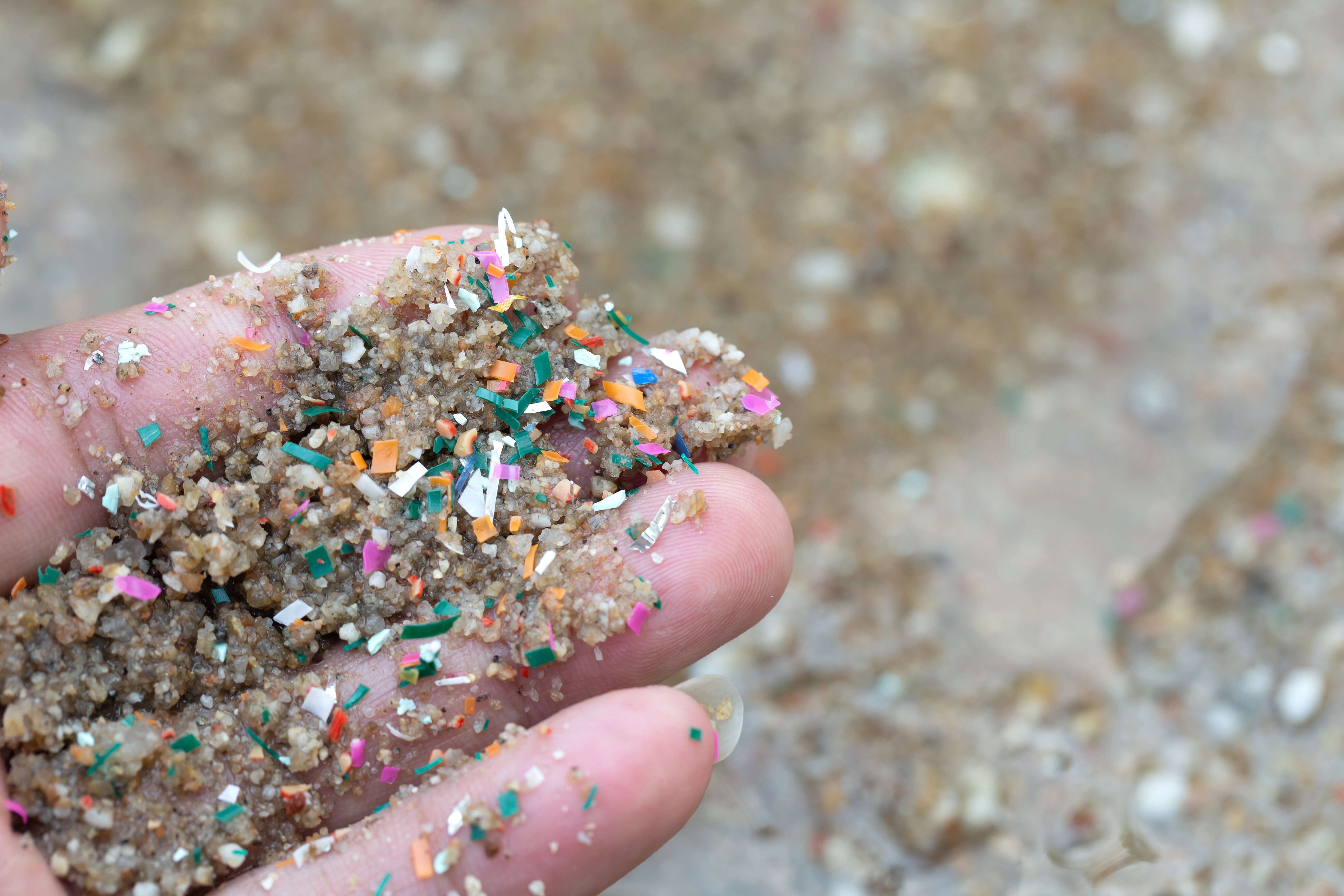
In recent years, there has been growing concern that microplastics, which not only impact marine organisms but also find their way into the human body, may have detrimental effects on human health.
Professor Tamara Galloway states the following: "There is a possibility that microplastics could be circulating in the bloodstream, but detecting plastic within the body is extremely challenging, so the actual situation is still not well understood."

The photo is provided by Professor Galloway
What health problems could occur if microplastics are unknowingly ingested?
"There is a possibility that these very small particles can be absorbed from the digestive tract and transported throughout the body via the capillaries. Basically, plastic is not broken down within the body, so it could potentially accumulate in certain locations and lead to inflammation. Or, the additives in plastic could cause hormone abnormalities. The risk is not negligible," expresses Professor Galloway with concern.
Actual animal experiments have shown that ingested microplastics can disperse throughout the body. While they are generally eliminated through excretion, there have also been instances of accumulation in specific tissues or organs.
If we assume that microplastics have some detrimental effects on the human body, it cannot be dismissed that humanity may already be facing an irreversible crisis.
"The precise quantity of microplastics present in the environment, especially in the oceans, remains unknown to everyone. However, what is evident is that without urgent measures, the impact of microplastics will continue to escalate," explains Professor Thompson.
In the past, Japan experienced Minamata disease, caused by methylmercury in the seawater of Minamata Bay.
The risk of methylmercury through the food chain is well-documented. Small fish consume plankton that have absorbed methylmercury, and larger fish then consume these smaller fish. Consequently, methylmercury becomes concentrated in larger fish, resulting in health damage when consumed by humans.
"So far, there is little evidence of bioaccumulation of plastic in the food web. It appears that microplastics pose a higher risk to smaller organisms, at the base of the food web, such as plankton.
However, we need to remain attentive to the progress of future research," remarks Professor Lindeque.
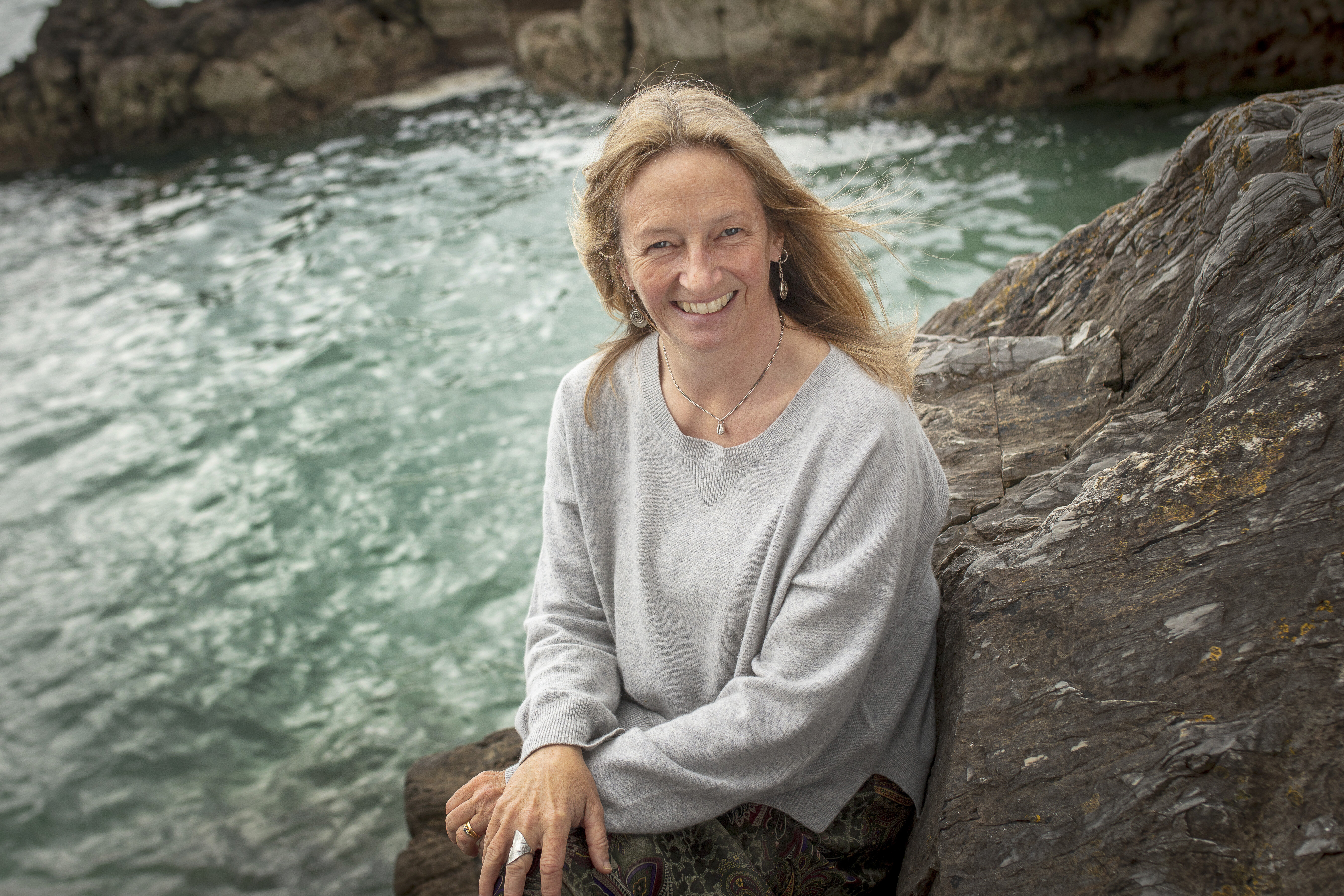
The photo is provided by Professor Lindeque
Is plastic solely a threat to humanity? In response to this question, Professor Thompson answers,
"No, that's not true. Plastic items offer numerous societal benefits as a convenient, user-friendly, and affordable material. We should consider plastic itself as a valuable resource."
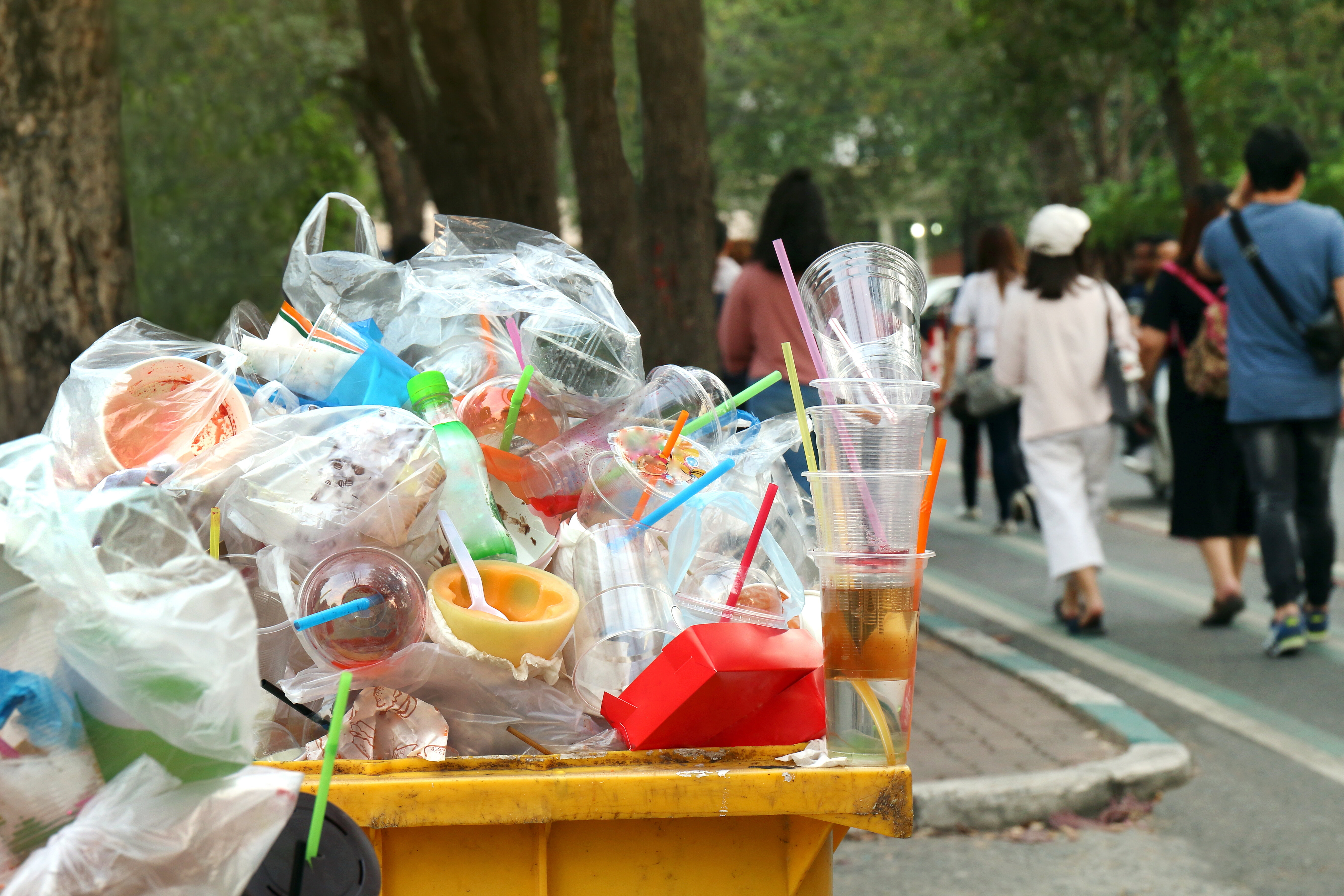
The problem lies in what happens to plastic after we use it. The root of the issue is that most products are designed to only be used once and then discarded after a moment of convenience.
Professor Galloway highlights the essence of this problem as follows:
"Even items that are used for a short time will remain in the environment for over a hundred years once they are thrown into the sea. People who adopted plastic packaging may have considered it as a cost-effective manufacturing solution, but they didn't consider the cost of handling the discarded plastic."
A typical example of a product that was commercialized without considering its post-usage impact and subsequently became a problem is microbeads.These tiny beads were utilized in facial cleansers and similar products for their exfoliating and cleansing properties.
Microbeads used in facial cleansing are directly discharged into the sea through the sewer. Once they enter the sea, it becomes nearly impossible to retrieve them, and they persist in the marine environment indefinitely.
As a result of Professors Galloway, Lindeque, and Thompson and others pointing out the risks, some countries, such as the EU, the United States, and South Korea, have now banned the use of microbeads by the government.
However, the impact that the microbeads already present in the sea will have in the future remains to be determined.
That is why Professor Galloway makes the following appeal:
"To all companies using plastic in any form, I strongly urge you to visit the coastlines where plastic containers are discarded in large quantities as garbage.
Even if you see that situation, do you still believe there is no problem with the current manufacturing process? That is the question I would like to pose."
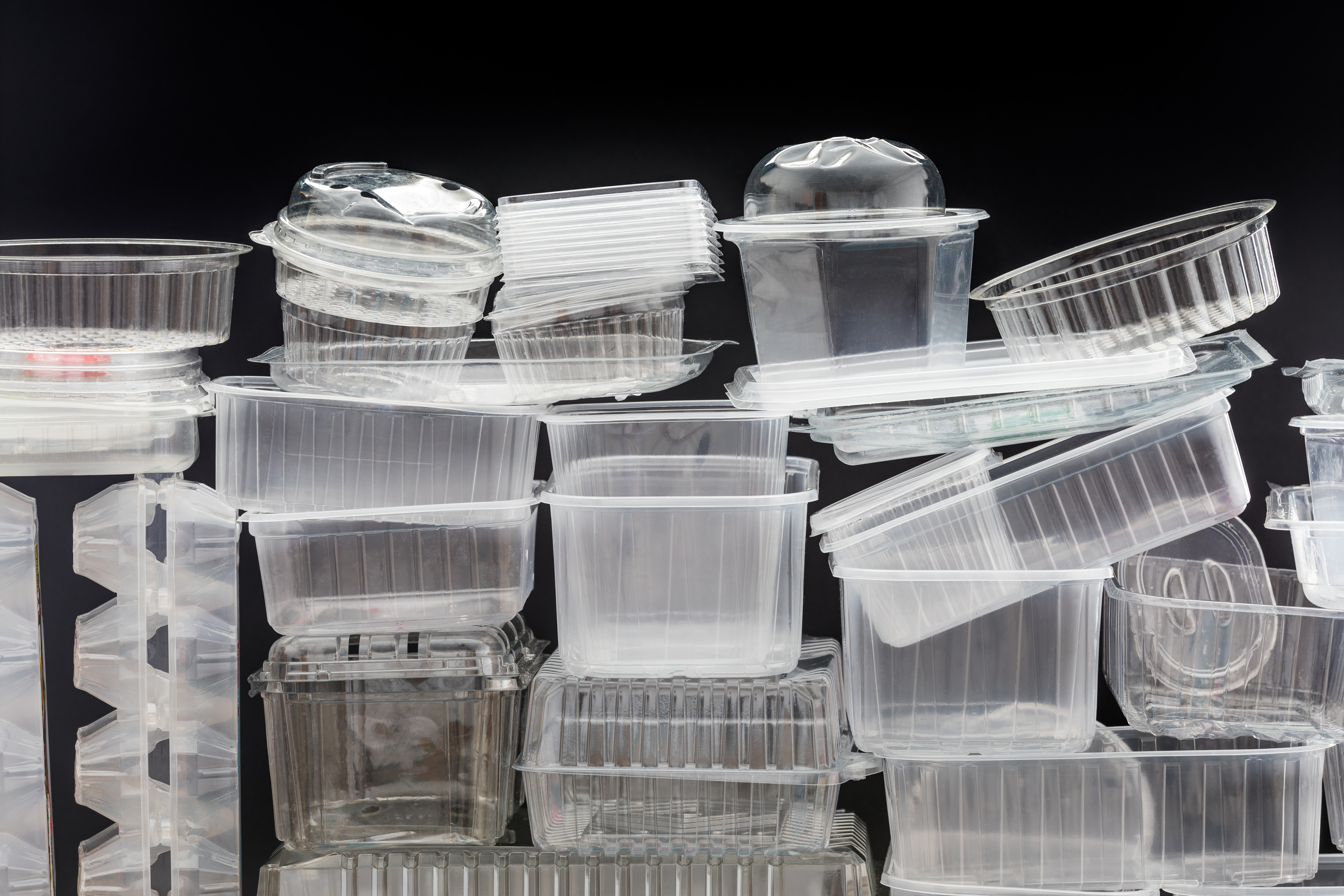
"Over the past half century, the world's population has grown rapidly, and so has the use of plastic.
When considering the global environment for the next generation, there is a high likelihood that unforeseen issues will arise.
These issues could progress rapidly," says Professor Thompson, underscoring the urgency to take action before it is too late.
There is an issue of depletion of petroleum resources, which serve as the raw material for plastic production. What is necessary is a comprehensive reassessment of the entire system.
In this process, what is required is a "systems thinking approach" that recognizes the value of plastic as a resource and ensures that it delivers benefit to society but does not accumulate as waste and litter.
Professor Galloway says that as consumers, we should be aware of the importance of refusing.
"Refuse" entails avoiding the generation of waste. When considering purchasing a product, first think about whether it is truly necessary. If it isn't, refuse to buy it. If you believe it is necessary, it is important to consider what will be done with it after use, including its proper disposal.
Professor Lindeque also adds,
"Until now, we have had the 3R approach; the 3Rs stand for 'Reduce, Reuse, and Recycle.'
Going forward, we should consider Refuse, Reduce, Reuse, and Repurpose, in that order.
Recycling should not be considered the primary option."
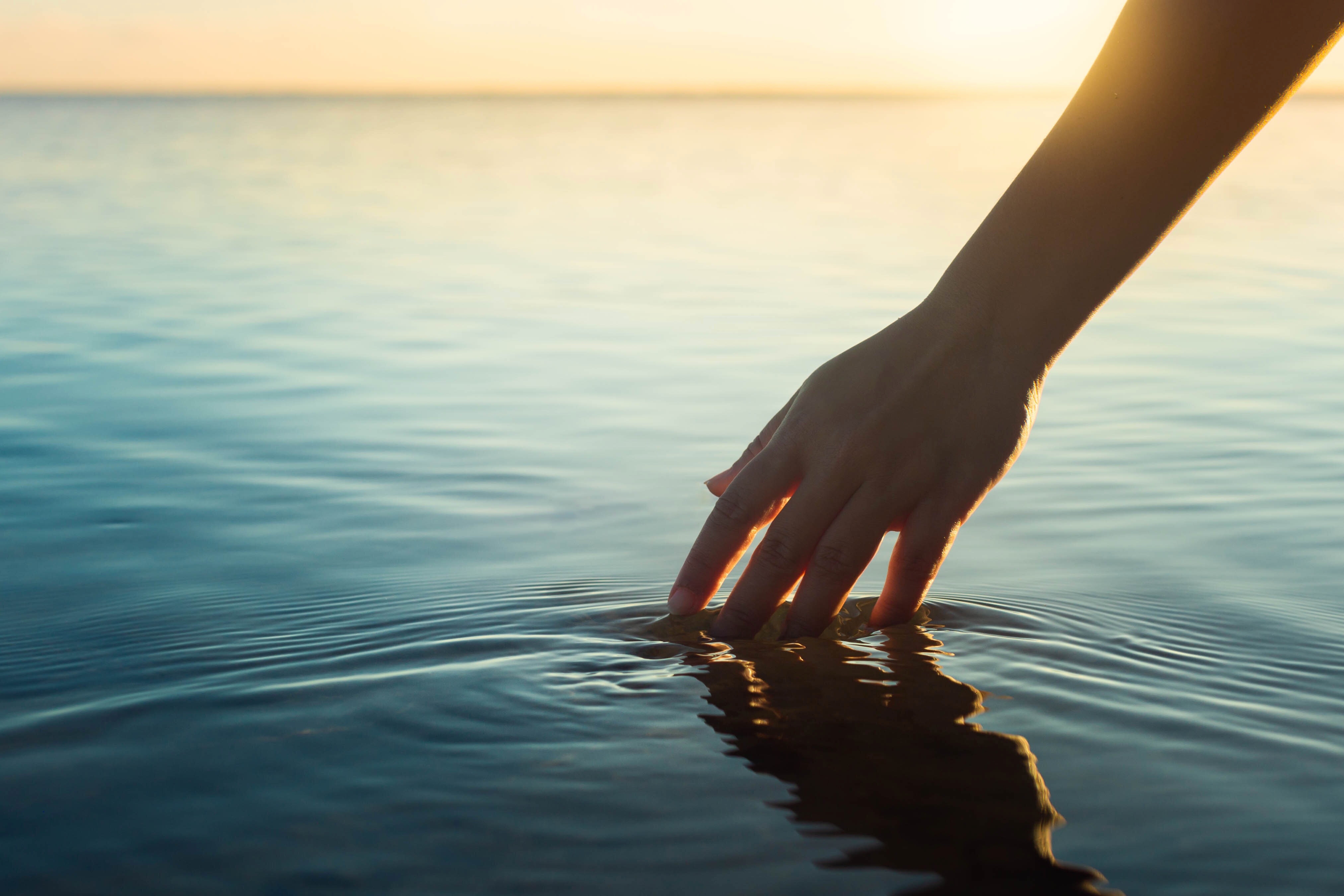
As a result of global recognition of the plastic problem, 175 nations of the United Nations Environment Assembly agreed to work towards an international plastic pollution treaty with legally binding obligations to reduce plastic pollution. The momentum for change is increasing.
In the final part of the interview, researchers were asked about their vision for the future of the planet in the next 10 years.
"I hope that companies will be the ones solving the problems.
For example, I envision product packaging on supermarket shelves being thoroughly designed with end-of-life considerations, allowing consumers to purchase products with confidence and not need to worry about the fate of the packaging. There will be significant business opportunities in that direction," said Professor Thompson.
I also want to maintain a positive outlook for the future.
The production, transport and waste management, or mismanagement, of plastic contributes to greenhouse gases and pollution, in turn climate change and biodiversity loss.
However, this need not be the case. No one wants to see plastic as a waste product or a pollutant in our natural environment.
Plastic is of huge benefit to society, and we can continue to use plastic if we are much cleverer in the way we design, use and manage plastic.
The solutions may be found within nature itself, and there will be innovations to bring them to life. However, there are important points to consider, including not pursuing profits excessively," responded Professor Lindeque.
Professor Galloway's response is as follows: "Each individual needs to face the issues as their own instead of relying on others.For example, it should become natural for each person to engage in recycling at the district level where they live. To achieve that, we need to reconsider not only product design but also urban planning.
We don't have to do something grandiose. If each individual strongly embraces a sustainable lifestyle at the local level, the future can change."
***
*The commemorative lecture by the 2023 Blue Planet Prize lauretaes, including Professor Thompson, Professor Galloway, and Professor Lindeque will be held on Thursday, October 5, 2023 (Thursday) at the University of Tokyo and on Saturday, October 7, 2023 (Saturday) at Kyoto University.
A detailed lecture program will be released on the Asahi Glass Foundation website on August 1, 2023, and registration for participation will begin at that time.
***
This article is a translation of an article published on Business Insider Japan.
Please click here for information about the Blue Planet Prize.

